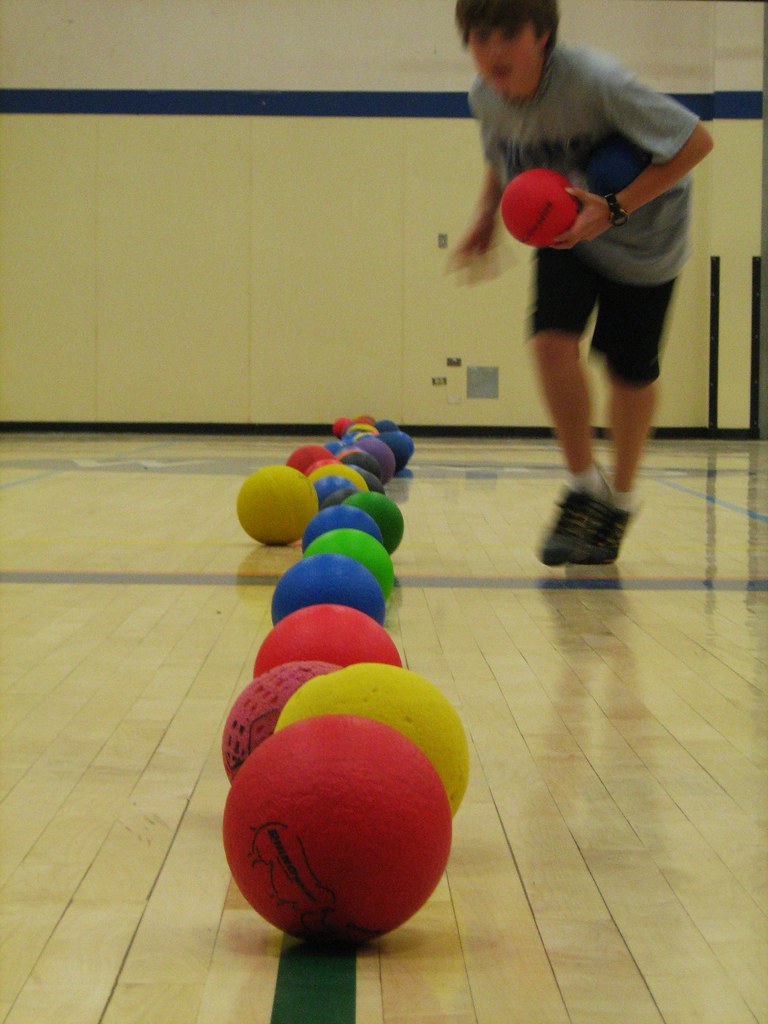Yes, I realize that Valentine's Day was yesterday but we are doing Valentine's activities all week. I have a birthday week so why not celebrate each holiday for a week. We've done minute to win it games and now are going to do musical hearts.
I love playing games but playing the same one over and over gets boring. If you tweak the game slightly it make it new again.
How will this be different from musical chairs? We've already played that!
First, we will be walking to love songs (this is a link to our playlist) https://youtu.be/ZGoWtY_h4xo?list=PLD7541336B0EF26A9
Teacher Directions:
- Split your class in two groups.
- If the group has 10 people then place down 9 hearts.
- Place the hearts in a circle for each group.
- Start the love song. Students will be competing against member of their own team to begin with.
- Once the music stops, they have to stand on a heart and complete a math problem. If they complete it incorrectly, they are out.
- Once they are out, they will go to one of the chairs on their side of the room. They will still solve the problems on the board. It now becomes a race. The first group done wins and I will remove an additional heart from the other team.
- We will continue until only one person remains from each team or one team is eliminated. If we have one from each team, we will place one heart in the center of the room. I will start and stop music (without looking - I don't want to influence the ending) and the winning team will receive one point.
Want more activities like this delivered to your email every Friday? Join our mailing list!




